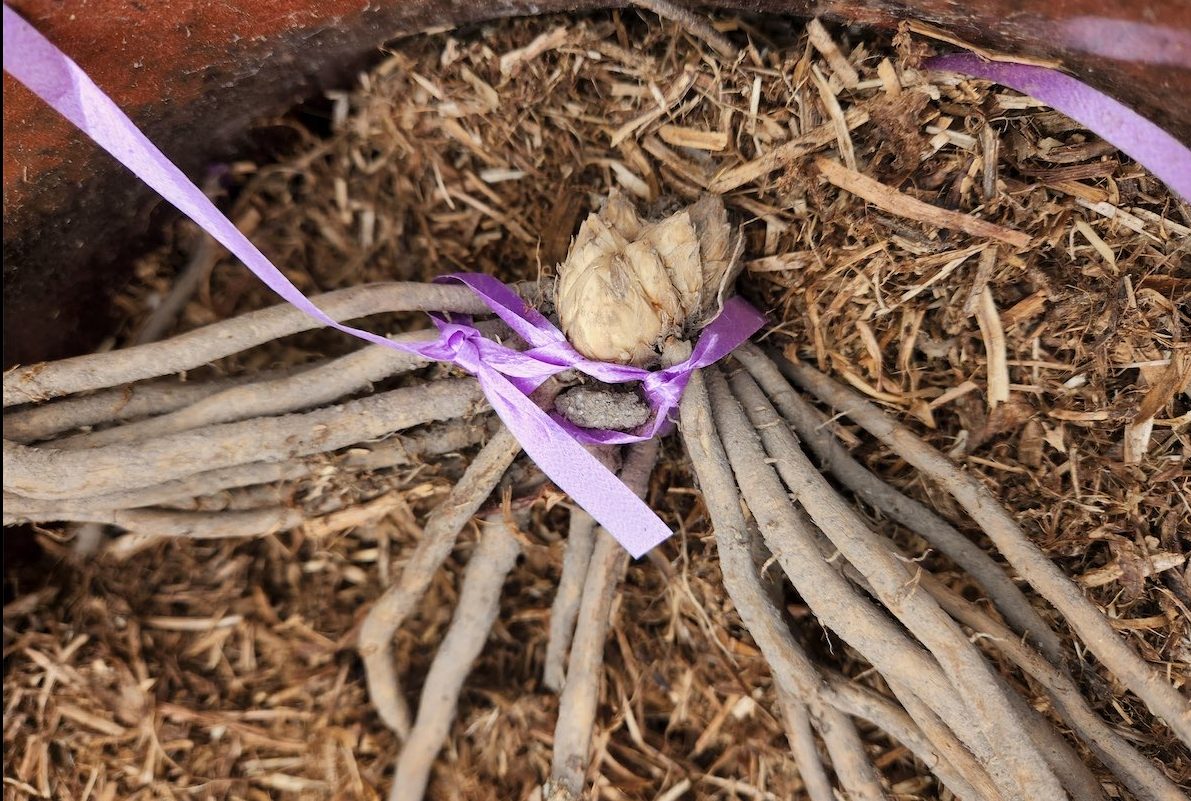
A cone bush can be a real feature in a winter garden that colours up with vivid red bracts and flowers, says gardening columnist JACKIE WARBURTON.
UNBOTHERED by frosts and cold winters, the cone bush (Leucadendron salignum) has thin leathery leaves and is great for windy and exposed sites.

Its long stems make terrific cut flowers, fresh or dried.
They are dioecious, meaning they have separate male and female specimens. More commonly grown, the male plant has a “branched-out” growth, larger flowers, and smaller leaves and cones.
Cone bushes are evergreen and can grow up to about 1.5 metres in full sun. Once established, they don’t need a lot of water or care. Use only native fertiliser.
The only pruning required is tip pruning to keep the bush in shape. Hard pruning means the branches will not regrow, so only cut back to four-six stems maximum.
They like a little space and grow well alongside Australian native plants such as banksia, hakea and grevillea because they like the same low-phosphorus soils.
A COUSIN of the cone bush is the South African protea (or sugarbush), which also has long-lasting flowers, with colours ranging from whites, pinks to reds.
The most common hardy protea that does well in Canberra is “pink ice” (Protea neriifolia). It grows up to three metres tall, attracts birds and is a perfect plant for under power lines or screening.
Another striking variety that grows well locally is the king protea (P. cynaroides). Its white or pink flowers have the largest heads of all the proteas.
Proteas can be difficult to propagate and can take a few years to flower. King proteas can take up to six years to flower, so a little patience will be needed for this terrific plant for a water-wise garden.

ASPARAGUS crowns are a long-lived perennial in the vegetable garden. They can take three to four years to mature. They don’t like root disturbance, so choose a permanent spot where they won’t need to be moved.
There are male and female plants, but the male makes better eating. The female plants have smaller spears and produce berries in the autumn, which can be potted up, but will take a few years to mature. When you get your crowns home, sprinkle lime in the soil to have the pH about six, soak the crowns overnight in a weak seaweed solution and plant about 40 centimetres apart on a mound of soil at the bottom of a trench, water in and mulch.
The first lot of edible spears should be at least three years old and the fatter, the tastier they will be. They should be picked when they are around 15-20 centimetres. Unpicked spears form into long, fern-like fronds and can be a striking feature in the garden with their lime colour foliage.
Harvesting asparagus is best with a commercial grower’s knife. It has a V-shaped head to cut spears underground two to five centimetres without damaging the crown. This knife also doubles as a good weeding tool for taproot weeds that are hard to dig out.
Jottings
- Spray stone fruit with copper oxychloride for peach leaf curl.
- Prune hydrangeas in half to a double bud.
- Protect peas and bean flowers from the big frosts.
Who can be trusted?
In a world of spin and confusion, there’s never been a more important time to support independent journalism in Canberra.
If you trust our work online and want to enforce the power of independent voices, I invite you to make a small contribution.
Every dollar of support is invested back into our journalism to help keep citynews.com.au strong and free.
Thank you,
Ian Meikle, editor









Leave a Reply